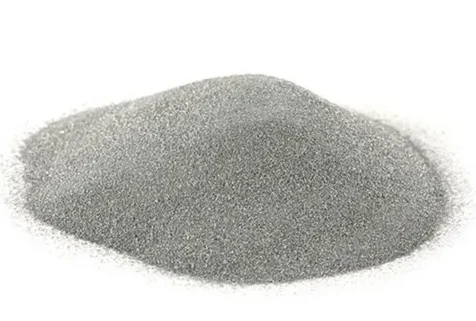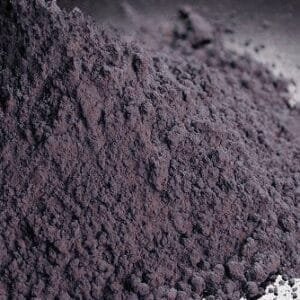Chromium Powder
Chromium exhibits exceptional resistance to corrosion, making it highly effective against various acids, bases, and hot gases. This property is especially valuable in extending the lifespan of components used in combustion equipment, where chromium is applied as a wear-resistant coating.
In addition to its functional uses, chromium also serves a decorative purpose. It is commonly used as a striking finish for operational elements on appliances and in jewelry, thanks to its brilliant appearance.
TFM offers high-quality chromium powder at competitive prices, ensuring both purity and affordability for your needs.
| Material | Chromium |
|---|---|
| Purity | 99.8%-99.95% |
| Density | 7.18 g/cm3 |
| Melting point | 1857℃ |
| Boiling point | 2672℃ |
| Apperanace | Grey powder |
Chromium Powder Application
– Aerospace
– Alloys
– Nuclear
– Plasma Spray
Spherical Chromium Powder
Physical Properties
| Size | 15-53 um | ||||
| Apparet density | 4.50 g/cm3 | ||||
| Tap density | 5.63 g/cm3 | ||||
| Hall flow rate | 14.50 s/50g |
Chemical Composition
| Chemical Composition – by ICP-AES | ||||||
| Element | Cr | Fe | Si | Al | Cu | Pb |
| Value (%) | ≥99.9 | <0.01 | <0.008 | <0.006 | <0.001 | <0.001 |
| Element | Bi | As | Ti | W | Ni | Sn |
| Value (%) | <0.001 | <0.001 | <0.001 | <0.001 | <0.001 | <0.001 |
| Gas Impurities | ||||||
| Element | C | O | S | N | ||
| Value (%) | 0.005 | 0.030 | 0.001 | 0.004 | ||





Reviews
There are no reviews yet.